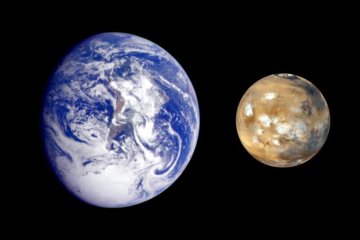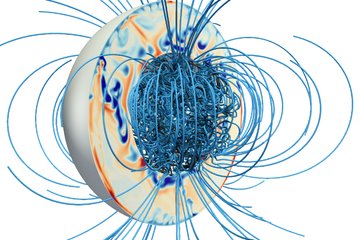All genres
1.
Journal Article
Dynamics and potential origins of decimeter-sized particles around comet 67P/Churyumov-Gerasimenko. Astronomy and Astrophysics 685, p. A136 (2024)
2.
Journal Article
Distribution and dynamics of decimetre-sized dust agglomerates in the coma of 67P/Churyumov–Gerasimenko. Monthly Notices of the Royal Astronomical Society 519, pp. 5775 - 5786 (2023)
3.
Journal Article
On the origin of the Kreutz family of sungrazing comets. Monthly Notices of the Royal Astronomical Society 508 (1), pp. 789 - 802 (2021)
4.
Talk
Dust Distribution and Dynamics in the Coma of 67P. Dust Workshop Reloaded, Online (2021)
5.
Talk
Dust distribution and dynamics in the coma of 67P/Churyumov-Gerasimenko. Europlanet Science Congress 2021, Online (2021)











